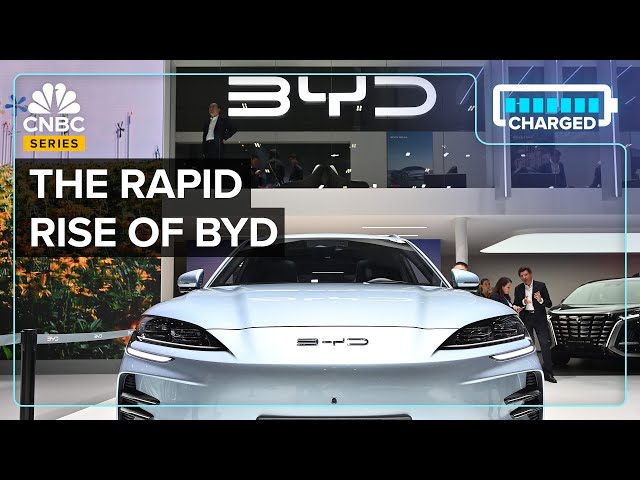How do Electric Cars Work? Parts & Functions.
Electric cars, also known as electric vehicles (EVs), work by using electricity as their primary source of power to drive an electric motor, which in turn propels the vehicle. Electric cars are gaining popularity for their environmental benefits, reduced operational costs, and the ever-improving charging infrastructure. Advances in battery technology are also extending their range and making them more practical for a wider range of consumers.
Here’s a detailed overview of how electric cars work, including their key components and functions:
1. Battery Pack: The heart of an electric car is its battery pack. This pack is made up of numerous lithium-ion battery cells, which store electrical energy. The capacity and energy density of these batteries determine the car’s range. When you plug in your EV to charge, electricity is used to store energy in the battery pack.
2. Electric Motor: Electric cars are equipped with an electric motor that converts the electrical energy from the battery pack into mechanical energy to drive the wheels. These motors are highly efficient and produce instant torque, providing rapid acceleration.
3. Power Inverter: The power inverter plays a crucial role in the EV’s operation. It converts the direct current (DC) electricity from the battery into alternating current (AC), which is used by the electric motor. This transformation allows the motor to vary its speed and power output as needed.
4. Transmission: Electric cars typically use a single-speed transmission or a simplified multi-speed transmission because electric motors can produce significant torque at low RPMs. Unlike conventional vehicles, there is no need for complex multi-gear transmissions.
5. Charger: Electric cars can be charged from various sources, including standard electrical outlets, dedicated charging stations, or fast-charging stations. The charger converts the alternating current (AC) electricity from the grid into direct current (DC) electricity for battery charging.
6. Onboard Charger: Many electric cars have an onboard charger responsible for converting AC electricity from the charging source into the appropriate DC voltage for charging the battery. The charging time depends on the charger’s power and the battery’s capacity.
7. Regenerative Braking: Regenerative braking is a feature unique to electric cars. When the driver applies the brakes, the electric motor acts as a generator, converting kinetic energy back into electricity. This energy is then returned to the battery, improving overall energy efficiency.
8. Thermal Management System: Electric cars often include a thermal management system to regulate the temperature of the battery pack. Maintaining the battery’s temperature is crucial for its efficiency, longevity, and safety.
9. Electronic Control Unit (ECU): The ECU is a central computer that manages and controls various systems within the electric car, including power distribution, battery management, and overall vehicle performance.
10. User Interface: Electric cars have a user interface that provides information to the driver about the battery state of charge, range, charging status, and more. Many EVs offer smartphone apps for remote monitoring and control.
11. Safety Systems: Electric cars are equipped with standard safety features, such as airbags, stability control, and advanced driver-assistance systems (ADAS), ensuring the safety of passengers and other road users.
Automobile and EV Resources
- Pepsi Reveals Tesla Semi Efficiency is Better Than Official Claims.
- Riding a Waymo self-driving taxi.
- Tesla Global Supply Chain!
- What happens to used Electric Car Batteries?


